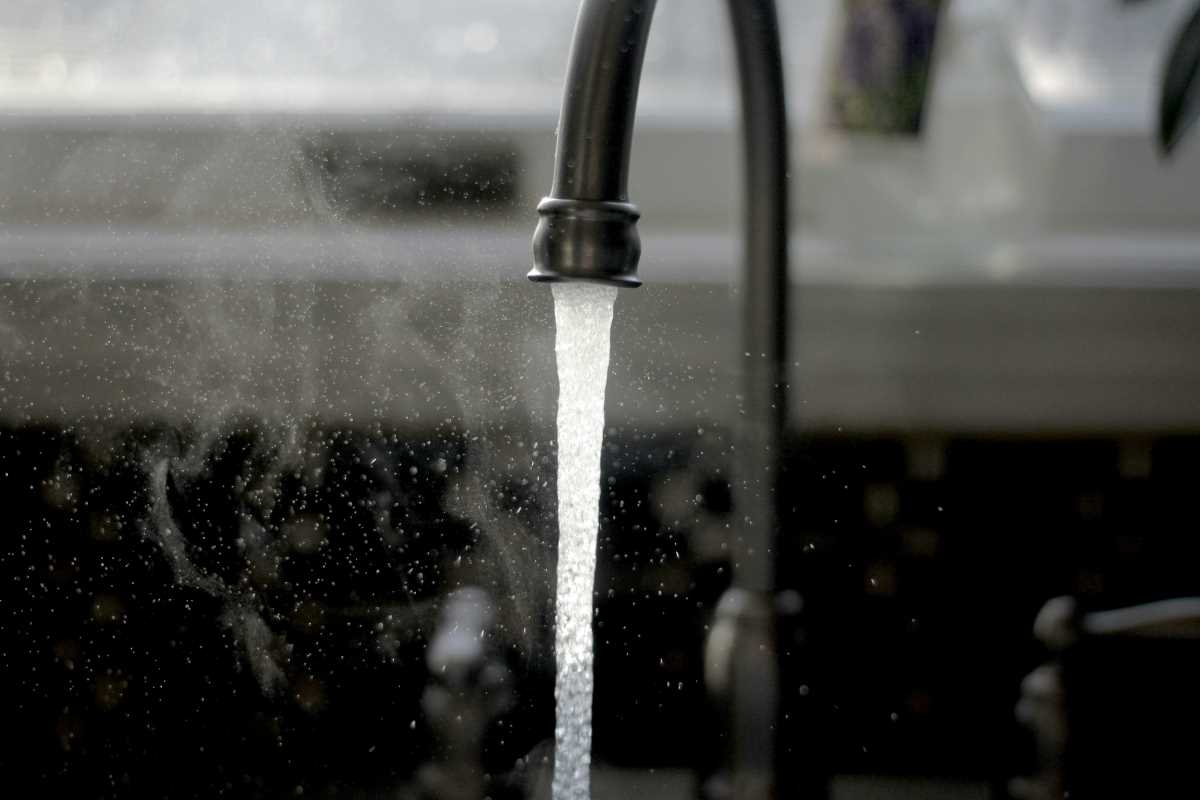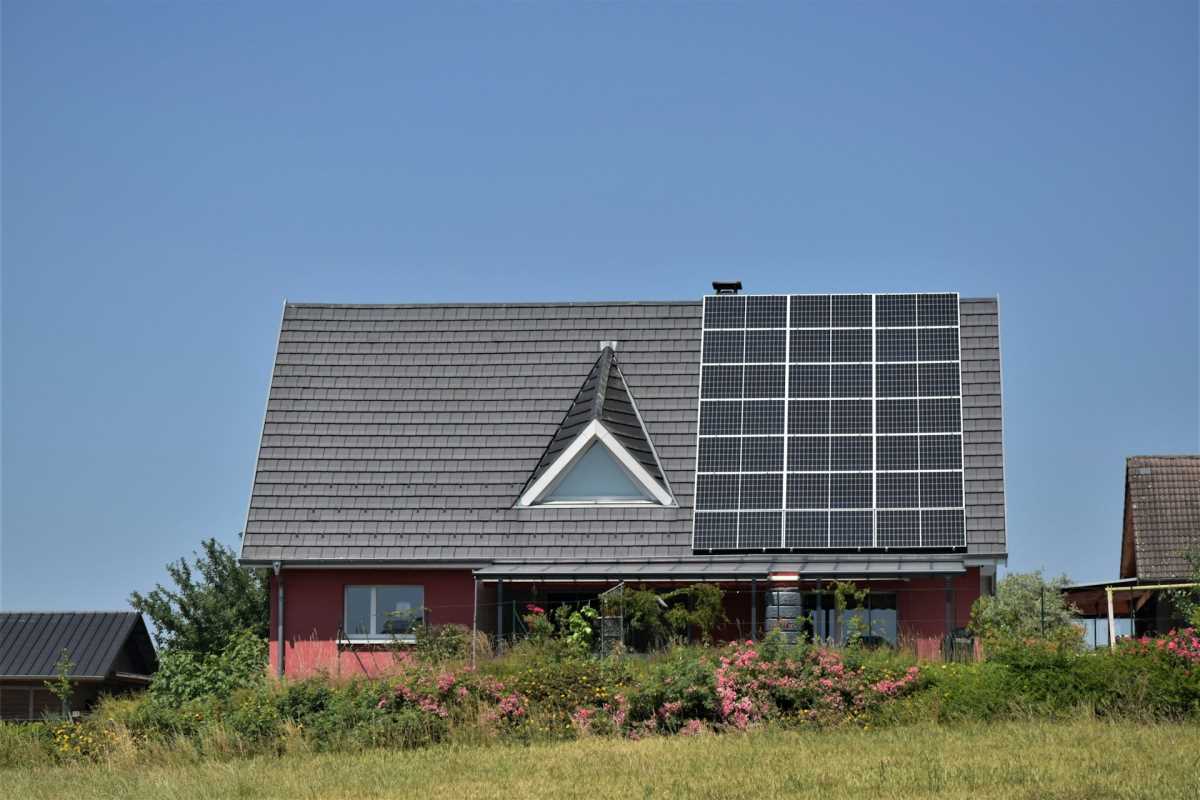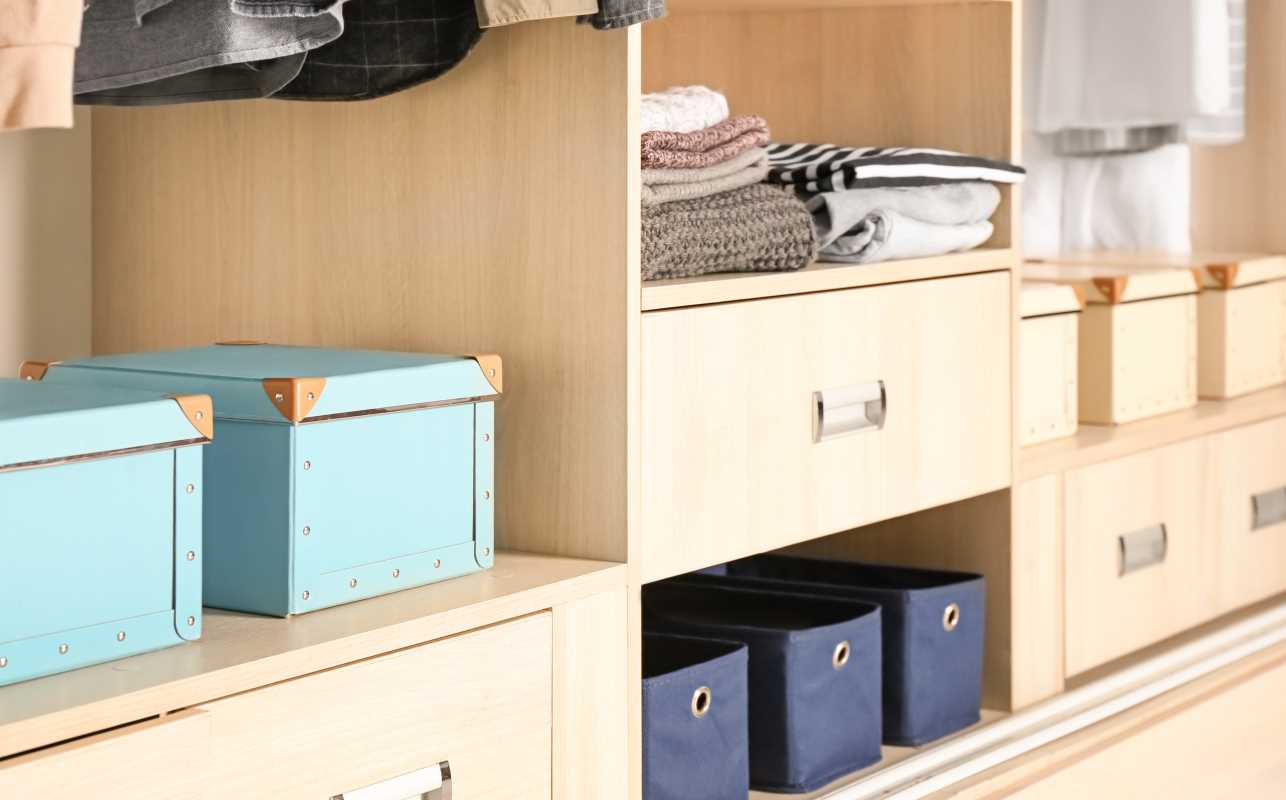Water is one of our most precious resources, but it’s easy to overlook how much we waste at home. Whether it’s running faucets, inefficient appliances, or leaks, those small actions add up in a big way. The good news is that affordable technologies can help you conserve water, reduce your utility bills, and even make your home more eco-friendly. You don’t need to invest in major renovations to make a difference; simple upgrades can have an outsized impact. If you’re a homeowner looking to save money and do your part for the environment, you’ve come to the right place. Here’s how you can cut back water usage with budget-friendly solutions.
Low-Flow Showerheads
Showers account for nearly 17% of indoor residential water use, and standard showerheads use around 2.5 gallons of water per minute. Low-flow showerheads, certified by programs like WaterSense, cut this down to 2.0 gallons per minute or less. Modern low-flow models are designed to maintain pressure while reducing water use, so you can save water without sacrificing comfort.
Impact: By installing a single low-flow showerhead, an average household can save about 2,700 to 2,900 gallons of water per year. With prices starting at just $10, this is one of the most cost-effective water-saving upgrades you can make.
Faucet Aerators
If you’re tired of seeing water gush out of your sink when all you need is a quick rinse, faucet aerators are a simple fix. These small devices screw onto your existing faucets to mix air with the water stream, reducing the flow without impacting performance. Aerators cost as little as $2–$5 and take seconds to install.
Impact: Faucet aerators can reduce water flow by about 30%, dropping it from a standard 2.2 gallons per minute to 1.5 gallons, saving hundreds of gallons each year.
Dual-Flush Toilet Converters
Toilets are the biggest water consumers in most homes, accounting for up to 30% of indoor water use. Dual-flush toilet converters allow you to toggle between a light flush for liquids and a full flush for solids, reducing unnecessary water use. These converters are affordable, starting at around $20, and are compatible with most toilets.
Impact: Dual-flush technology can reduce toilet water usage by up to 45%, which translates to savings of thousands of gallons annually. Some households could save over 15,000 gallons per year, depending on usage.
Rain Barrels
Why pay to water your plants with treated municipal water when you can use what nature provides? Rain barrels collect runoff from your gutters, storing the water for outdoor uses like gardening, washing cars, or cleaning outdoor spaces. Basic systems can cost as little as $50 and are easy to install.
Impact: One rain barrel can collect around 1,300 gallons of water during peak summer months. Besides cutting water bills, rain barrels reduce stormwater runoff, helping prevent erosion and pollution.
Smart Sprinkler Systems
Maintaining a healthy lawn or garden doesn’t have to mean wasting water. Smart sprinkler systems are high-tech tools designed to optimize your irrigation. They factor in local weather and soil moisture levels to water only when necessary. Despite sounding fancy, entry-level models start at about $80, and rebates from local utilities can make it even more affordable.
Impact: Smart sprinklers can reduce outdoor water use by 30% to 60%, depending on your setup and environment. Over time, these systems can significantly lower your water bill while keeping your yard lush and vibrant.
Fixing Leaks with Smart Leak Detectors
Leaks, even small ones, waste a staggering amount of water. The EPA estimates that household leaks waste nearly 1 trillion gallons of water nationwide every year. Smart leak detectors can help you catch leaks early by sending alerts to your phone when they detect moisture. They’re easy to use and start at just $25.
Impact: Fixing minor leaks as soon as they happen can save thousands of gallons of water annually. Catching leaks early also prevents costly water damage repairs.
Energy-Efficient Washing Machines
Older washing machines use significantly more water than newer, energy-efficient models. While an upfront investment is required, these machines cut water use by nearly half and reduce energy consumption, too. Many utility providers even offer rebates to offset your costs, making switching more budget-friendly.
Impact: A high-efficiency washer can save a family up to 6,000 gallons of water a year, depending on their laundry habits. Over time, the savings in water and energy costs make the upgrade worth it.
Drip Irrigation Systems
For gardening enthusiasts, ensuring your plants get enough water without wasting any can be a challenge. Drip irrigation systems deliver water directly to the roots of plants through small tubes or emitters, reducing evaporation and runoff. DIY kits are available for as little as $20, making this a practical option for any budget.
Impact: Drip irrigation systems can save between 30% and 50% of the water typically used by traditional sprinklers and improve plant health.
Greywater Recycling Systems
Greywater recycling might sound technical, but it’s a straightforward way to reuse water from sinks, showers, or laundry machines. Affordable kits allow you to redirect greywater for outdoor use, such as watering your lawn or garden. These systems start around $100, but they’re a great way to reduce fresh water usage.
Impact: Greywater systems can help you recycle thousands of gallons annually, cutting down on your water bill and giving your plants the hydration they need.
With just a few simple and affordable upgrades, you can significantly reduce water waste in your home while saving money. From small changes like installing faucet aerators to larger systems like smart sprinklers and greywater recycling, there’s an option for every budget and lifestyle. Each step you take not only helps your wallet but also contributes to protecting the planet’s most valuable resource. Why wait? Start small and watch the savings add up, one drop at a time!
 (Image via
(Image via





